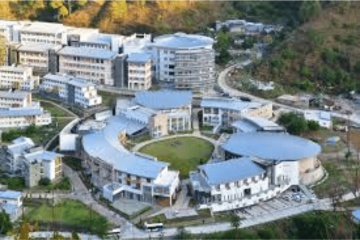Understanding Mismatched Skills in Education and Workforce

Introduction
The discrepancy between education and the skills demanded by the workforce has emerged as a significant issue in India. As the country strives to enhance its economy and empower its youth, addressing this mismatch is critical. With the rapid technological advancements and changing job landscapes, aligning educational outcomes with industry needs has become more important than ever.
Current State of Mismatch
According to a recent report from the National Skill Development Corporation (NSDC), nearly 50% of graduates are deemed unfit for available jobs in their respective fields. This alarming statistic highlights the growing gap between the knowledge imparted in educational institutions and the practical skills required in the job market. Areas such as technical skills, soft skills, and real-world experience are often cited as major deficits in graduate education.
The COVID-19 pandemic further exacerbated this issue as remote learning and online education became the norm, resulting in some students missing out on essential hands-on experiences. Many employers express concerns regarding new graduates who possess theoretical knowledge but lack practical skills and adaptability in a rapidly evolving work environment.
Efforts to Address Mismatches
In response to this challenge, various initiatives have been launched by both government and private sectors. The Ministry of Education has put forth strategies to enhance curriculum relevance by incorporating skill development programs and promoting industry partnerships. Programs such as the Skill India Mission aim to train millions of individuals in fulfilling job roles across various sectors.
Moreover, universities are being encouraged to establish collaborations with industries to provide internships and real-world exposure, thereby fostering experiential learning. Additionally, integration of technology in classrooms is being prioritized to better prepare students for the digital future.
Conclusion
As India looks toward building a workforce that aligns with future demands, addressing educational mismatches is critical. By investing in comprehensive skill development and fostering collaboration between educational institutions and industries, the nation can cultivate a skilled workforce ready to meet the challenges of tomorrow. Stakeholders, including educators, policymakers, and employers, must work together to ensure that new generations are not only knowledgeable but also equipped with the necessary skills to thrive in an increasingly competitive job market.








